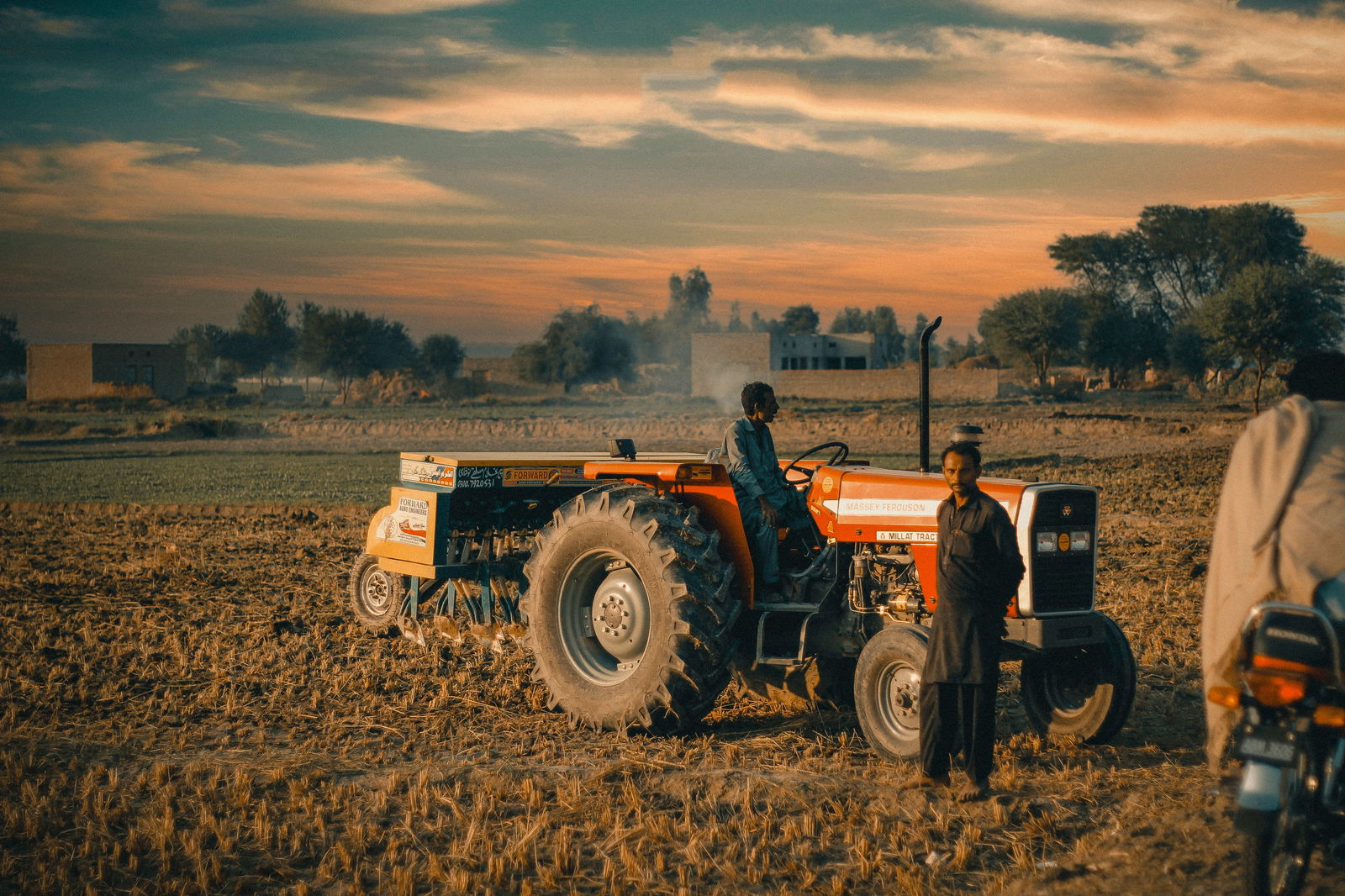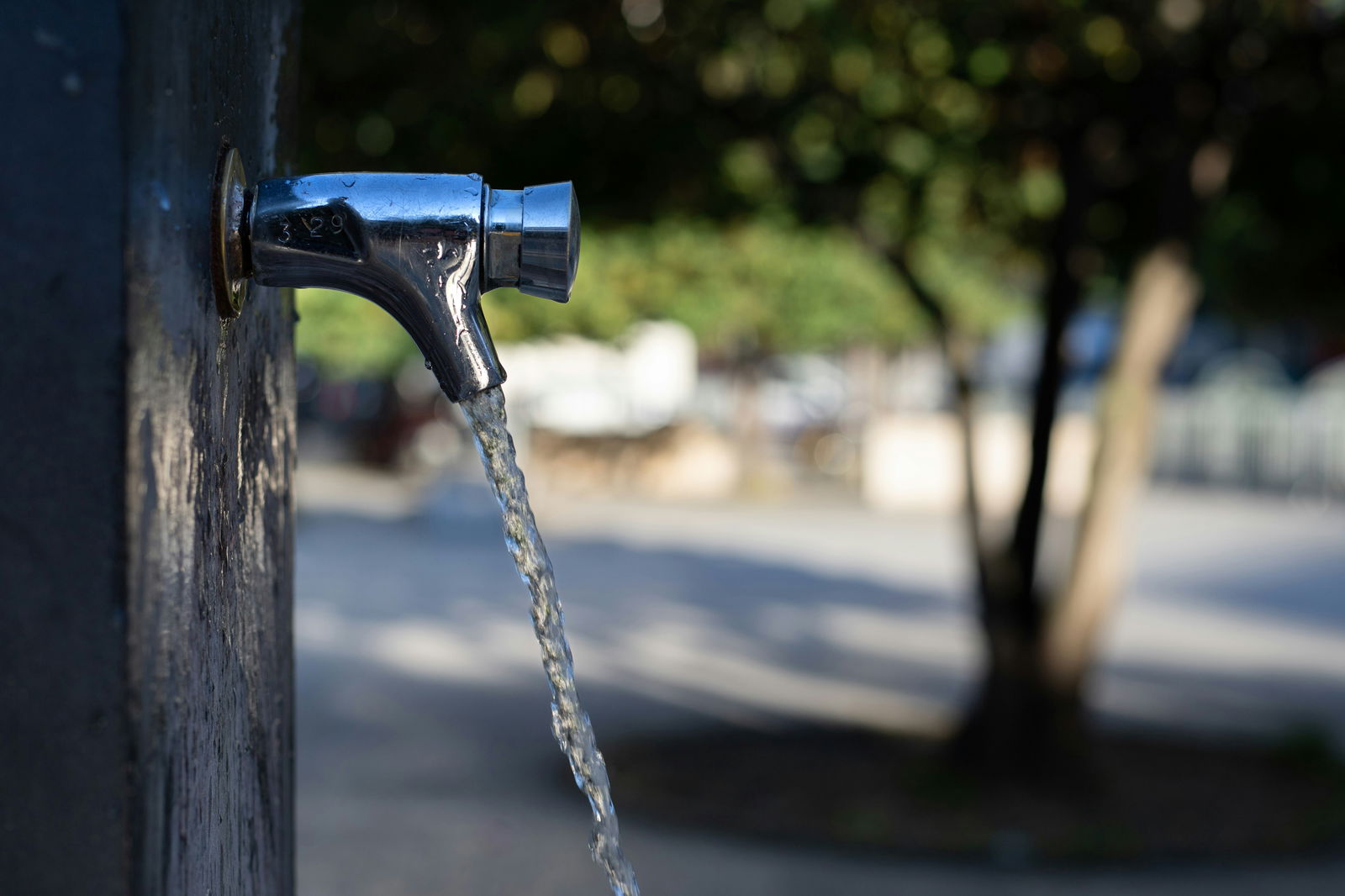Heat safety standards in a warming world: Policy challenges and opportunities


· 5 min read
Working in the elements gets more dangerous every year. The climate crisis is increasing global temperatures and making the outdoors more volatile. A change in humidity could alter an electrician’s safety, and intense precipitation makes fleet drivers’ travels precarious. This is why many organizations have established heat safety awareness programs and standards, but they must adapt to a changing world. What are the current expectations and improvement opportunities?
Data shows how rising temperatures, humidity changes and natural disasters like wildfires have become more common. Every year seems record-breaking, as workers rush to emergency rooms and persist as usual despite the changes. The trends endanger environmental workers, leading to more frequent illness and exacerbated heat exhaustion symptoms, such as:
• Heat stroke
• Burns
• Dizziness
• Heat rash
• Cramps
• Fatigue
• Nausea
• Dehydration
Falls could also happen more regularly as a side effect of any of these symptoms. The efficacy of personal protective equipment also drops, as workers remove it to obtain relief or environmental factors compromise the integrity.
Heat-related deaths reached all-time highs in 2023, totaling around 2,300 people from a combination of sunstroke, heatstroke, hyperthermia and other similar causes. Many outdoor workers continued pushing beyond their limits, leading to many unfortunate consequences, especially for older employees.
Regulatory agencies have worked hard over the years to perfect their guidance to prevent heat exhaustion symptoms. Some of the most notable include the Occupational Safety and Health Administration’s (OSHA) General Duty Clause. It forces employers to remove workplace hazards likely to cause harm, including a lack of heat protection. The National Institute for Occupational Safety and Health also has its Recommended Heat Standard, which outlines the limits of heat stress to prevent illness.
Many states have recommendations based on their regional climate. Places like California have the Heat Illness Prevention Standard, which triggers water, shade, training and other requirements if temperatures exceed 80 degrees Fahrenheit. Northern states like Minnesota and Colorado have rules for indoor work and agriculture, respectively. The rules are diverse, but there is a distinct lack of federal standardization.
These organizations also recommend that businesses establish a Heat Illness Prevention Program, which can contain any of the following elements:
• Gradual heat exposure to acclimate new workers
• Medical monitoring
• Exposure risk and prevention training
• Site-specific heat hazard assessments
• Alerts for the dangerous effects of global warming and heat waves
Every process must begin with acclimatization to boost heat tolerance. It should last between a week and 14 days to promote adequate heat safety awareness. Doing so makes workers more attuned to their body’s natural cues, which could signal a need to rest, eat or hydrate. Unfortunately, most workplace cultures have placed unnecessary pressures on employees, encouraging overexertion despite protective measures.

Organizations face several challenges when adapting safety for modern needs. Climate change heat waves are more intense than they were several decades ago, making action more urgent.
Regulatory delays are the most significant barrier, as several states oppose the new suggestions. Widespread success in preventing the effects of heat waves on humans requires federal support.
Scant financial investments in these efforts also hinder progress. The problem becomes greater for smaller companies, which may struggle to afford training or safety infrastructure. This is why government commitments are critical because they could assist with grants, subsidies and other measures.
Location diversity also complicates standardization. Every geography is different — some face no heat waves, while others endure them in the off-season. Instituting the same compliance intensity on every state will garner pushback, especially since incorporating prerequisites costs time, money and resources. Rural areas will also have more resistance in acquiring expensive, next-generation solutions for heat prevention, as they are more inaccessible.
Climate injustice also surrounds this issue, primarily with staff in minority or migrant communities. These groups fear the repercussions of reporting heat safety infractions despite working in unsafe conditions, primarily in sectors like agriculture. Nations and private businesses must establish a comprehensive safety culture and eliminate discrimination to encourage everyone to prioritize health and wellness above all else.
Construction, agricultural and industrial workers must advocate for infrastructure investments. Workers need constant access to shade, hydration and cooling, especially on temporary jobsites. Many activists argue that heat protection is a human right, making these funding opportunities a governmental responsibility.
Modernized regulatory compliance should inspire monetary support so the most helpful assets go to the right sectors and locations. Climate scientists and data analysts must collaborate with safety organizations to update recommendations. If outdated advice shapes industry, the effects of heat waves on humans will worsen, causing public health crises.
Technology and innovation can enable these insights. Researchers must leverage weather monitoring, heat sensors and wearable health devices to provide constant oversight. Regulatory bodies must view heat safety recommendations as living documents, using data to update them as frequently as climate change alters environmental conditions.
Private companies must take action while waiting for these processes to finalize. Many are adopting prevention-through-design techniques, which enhance safety outcomes by identifying the most likely incident sources.
Additionally, providing curated education based on the area and common working conditions is essential. This education can go beyond what frameworks suggest to contain more applicable advice. Workforce development empowers staff to take agency over their heat protection and offer suggestions for improvements based on their firsthand experiences.
Energy-efficient cooling solutions can also lower temperatures in some outdoor workplaces. Shading through portable solar panels can simultaneously reduce consumption while offering a shield from ultraviolet rays. This has become a trend in agriculture called agrivoltaics, which also boosts land efficiency by protecting plants from intense heat and drought.

Employees, companies and governments must all endure the stronger heat waves incited by climate change. Everyone is responsible for contributing to greater heat safety standards by encouraging modernization, spreading awareness and eliminating climate inequity. The efforts will make workplaces more eco-conscious and fair, supporting global goals toward a more sustainable planet.
illuminem Voices is a democratic space presenting the thoughts and opinions of leading Sustainability & Energy writers, their opinions do not necessarily represent those of illuminem.
illuminem briefings

Climate Change · Effects
illuminem briefings

Oil & Gas · Ethical Governance
illuminem briefings

Climate Change · Insurance
Al Jazeera

Effects · Climate Change
Forbes

Sustainable Living · Climate Change
Japan Times

Climate Change · Effects